It’s perfectly fine to love pink, and just as fine to dislike it. But forcing that preference onto someone else? Not so much.
ThisRedditor’s5-year-old daughter has made it clear she’s not a fan of the color. Her grandad’s partner, however, simply refuses to accept it. In her latest attempt to “fix” the child’s taste, she planned a surprise pink-themed party—where every inch of the space, from the balloons to the tableware, looked like it had been dipped in strawberry frosting and bubblegum.
Luckily, the girl’s mom found out just in time and quickly put a stop to it. Though not without somefamilydrama, of course. Read the full story below.
RELATED:
The 5-year-old girl was well known for hating pink

Image credits:serenkonata / Envato Elements (not the actual photo)
So when her grandad’s partner decided to throw a pink-themed party, it ended about as well as you’d expect

Image credits:shurkin_son / Freepik (not the actual photo)

Image credits:Boshoku / Unsplash (not the actual photo)

Image credits:DaughterPartyThrow

Image credits:PNW Production / Unsplash (not the actual photo)
Pink became a “girly” color less than 100 years ago
Although many people are pushing back against the idea that pink is for girls and blue is for boys, the association is still cemented into our brains. After all, it continues to be the default for gender reveal parties, dominates toy aisles, and coats beautyproduct packaging.
But it wasn’t always this way. In fact, this color coding is a relatively new concept.
Surprisingly, it used to be the complete opposite. A look at a1918 articlefrom the American trade publication Earnshaw’s Infants’ Department reveals the following: “The generally accepted rule is pink for the boys, and blue for the girls. The reason is that pink, being a more decided and stronger color, is more suitable for the boy, while blue, which is more delicate and dainty, is prettier for the girl.”
Earlier, in 1884, it was standard for boys to wear dresses until the age of seven, as it was considered gender-neutral. In the 21st century, however, this is often seen as a rebellious act against societal norms.
“It’s really a story of what happened to neutral clothing,” Jo B. Paoletti, a historian at the University of Maryland and author ofPink and Blue: Telling the Girls From the Boys in America,toldSmithsonian Magazine. Having explored the meaning of children’s clothing for 30 years, she explained that, at one point, young children, regardless of gender, wore white dresses until around age six.
This trend took a pause between the mid-1960s and the early 1980s, largely due to the women’s liberation movement, which rejected hyper-feminine fashion and embraced a unisex look. Paoletti even found that for two years in the 1970s, the Sears, Roebuck catalog didn’t feature any pink toddler clothing.
Now, many parents face the question of how to raise theirchildren: should they dress them according to societal norms, or allow them to fully express themselves?
“One thing I can say now is that I’m not real keen on the gender binary—the idea that you have very masculine and very feminine things,” Paoletti said. “The loss of neutral clothing is something that people should think more about. And there is a growing demand for neutral clothing for babies and toddlers now, too.”
Some readers agreed that the mom was right to cancel the party
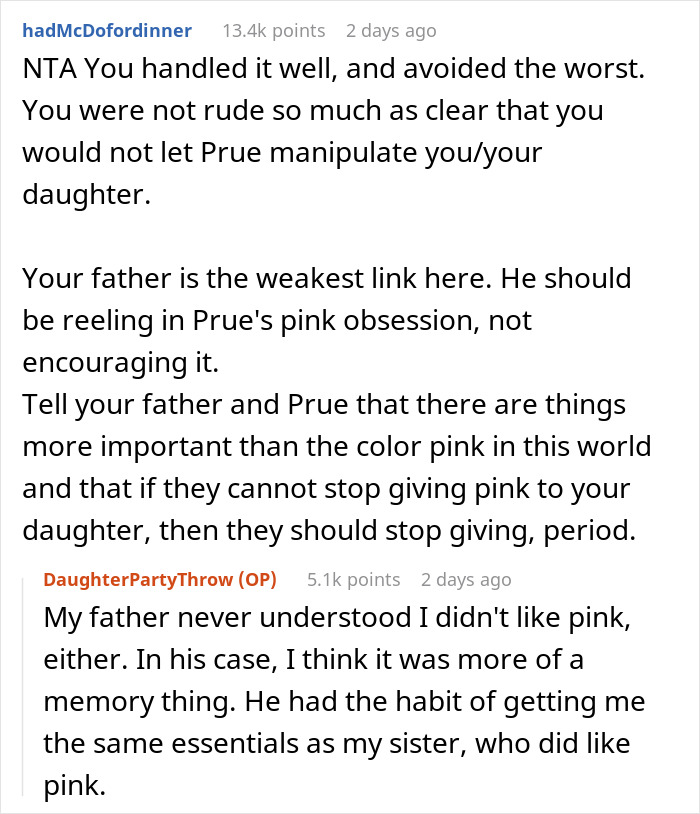
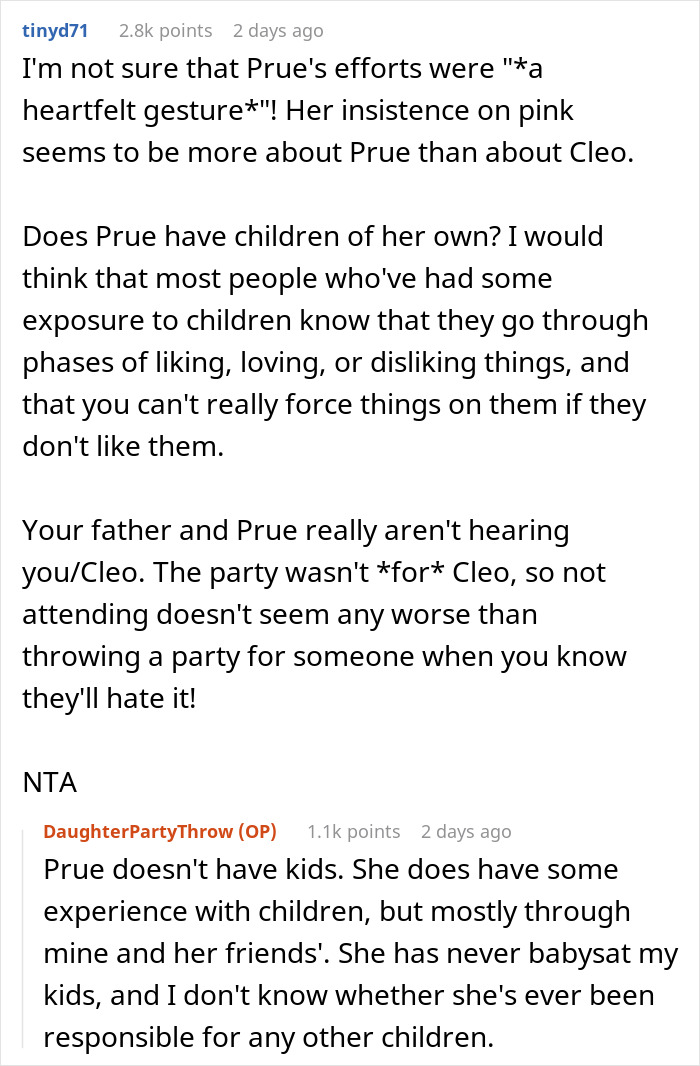
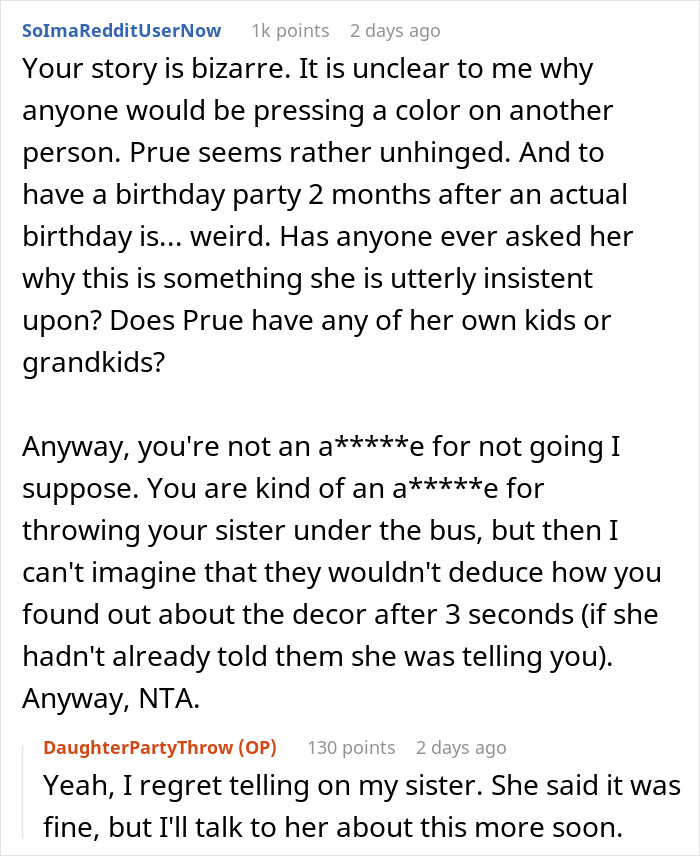

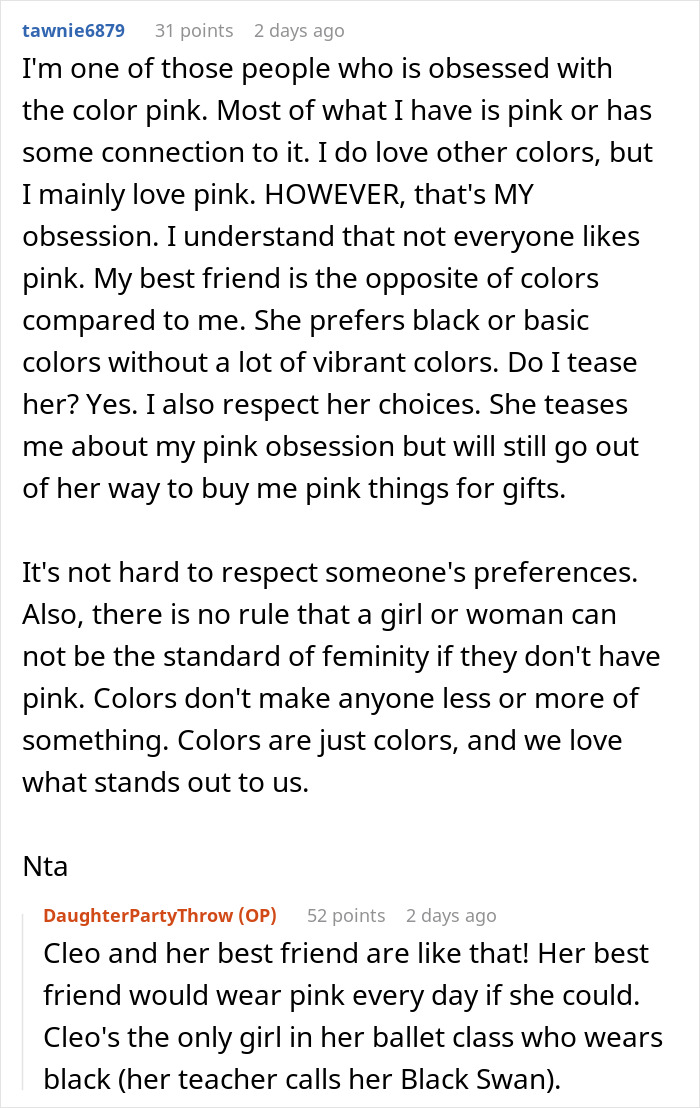
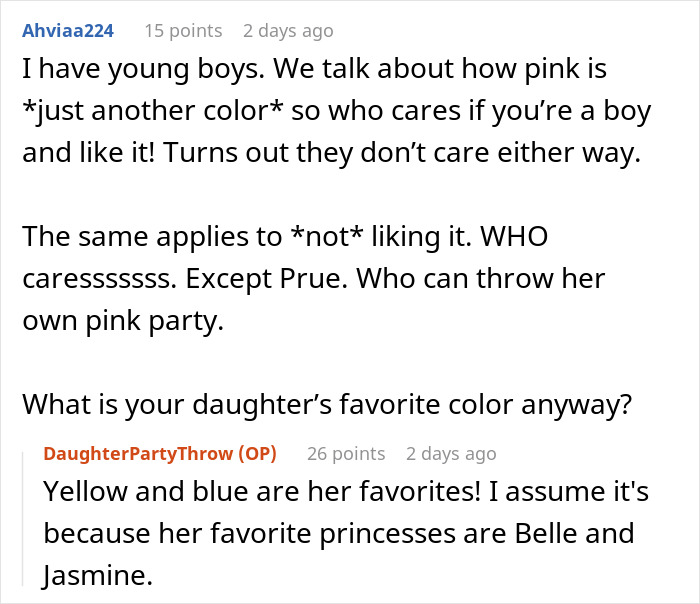

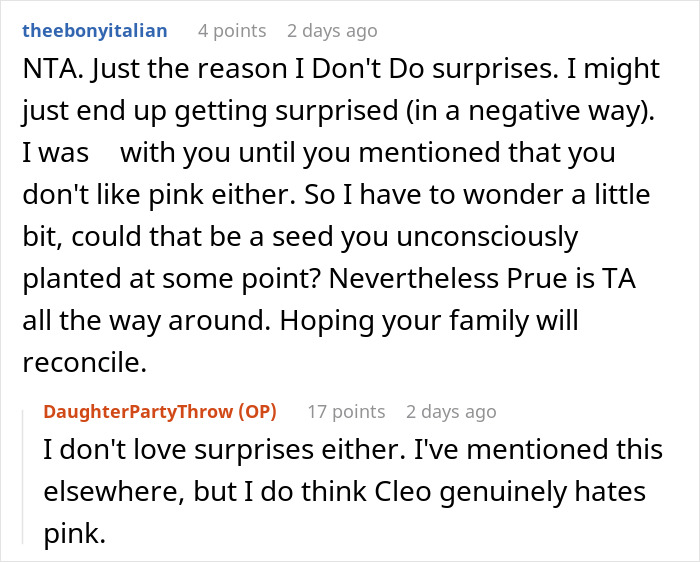
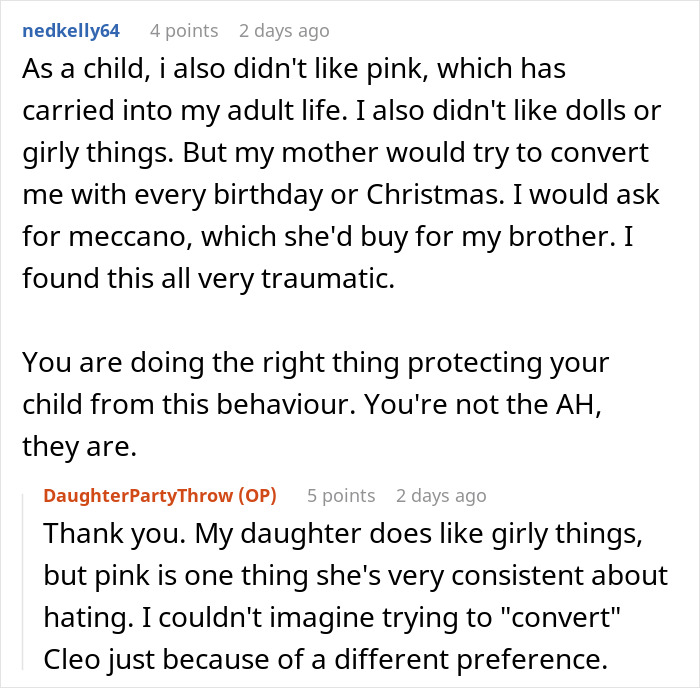
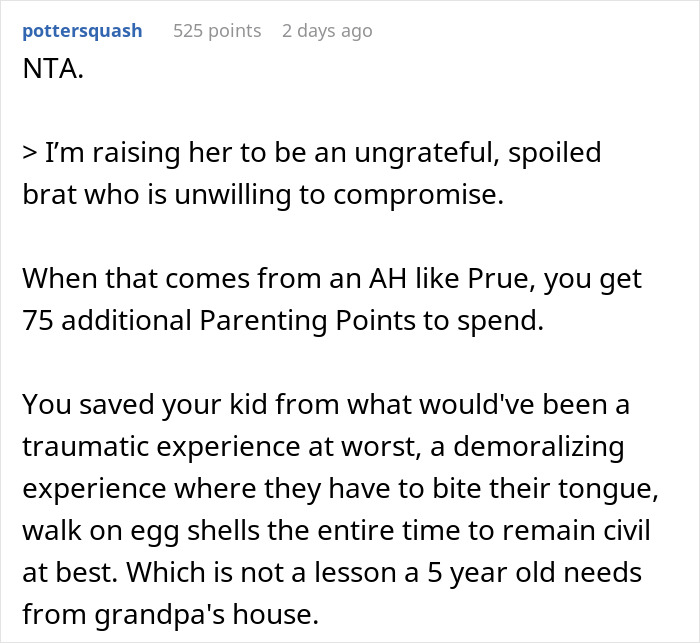


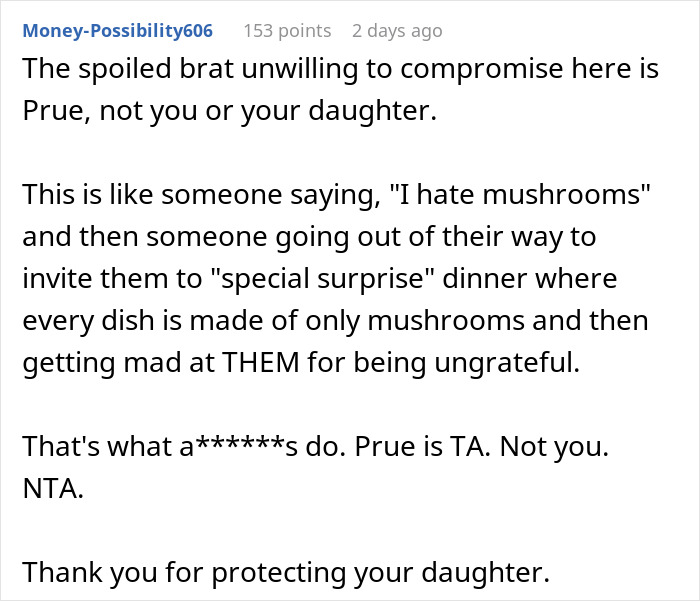
Others, however, argued that refusing to like a color was no different from forcing someone to love it
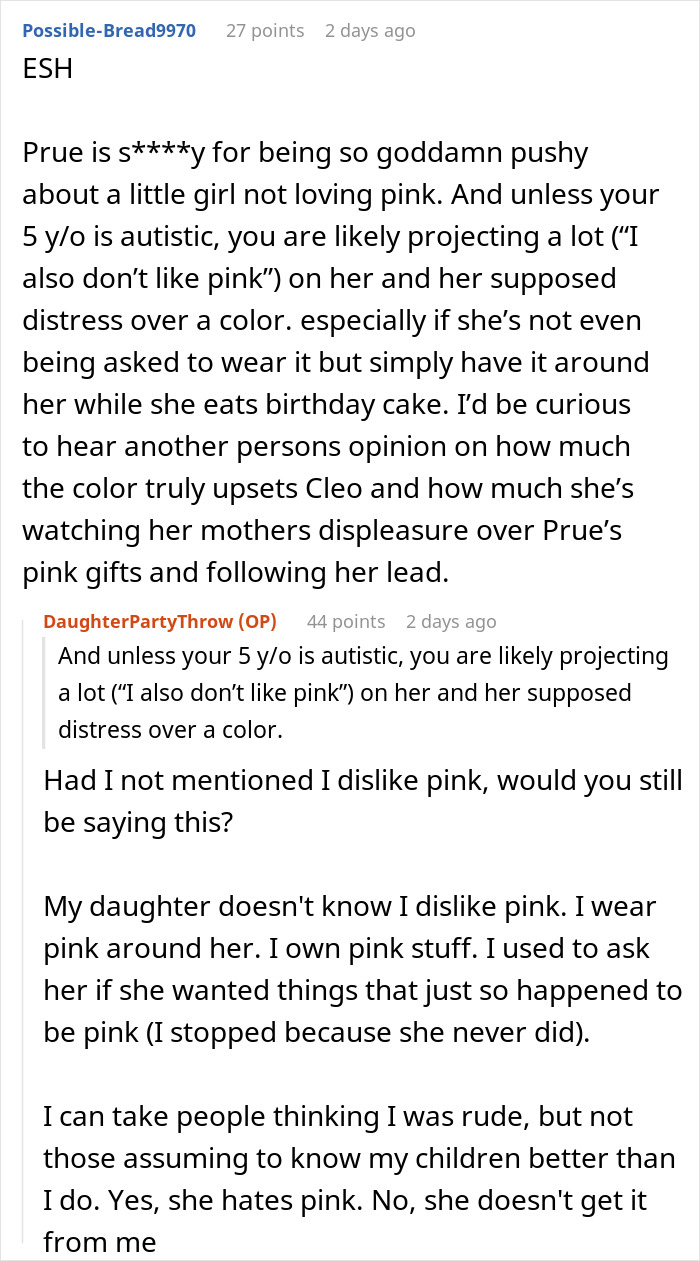
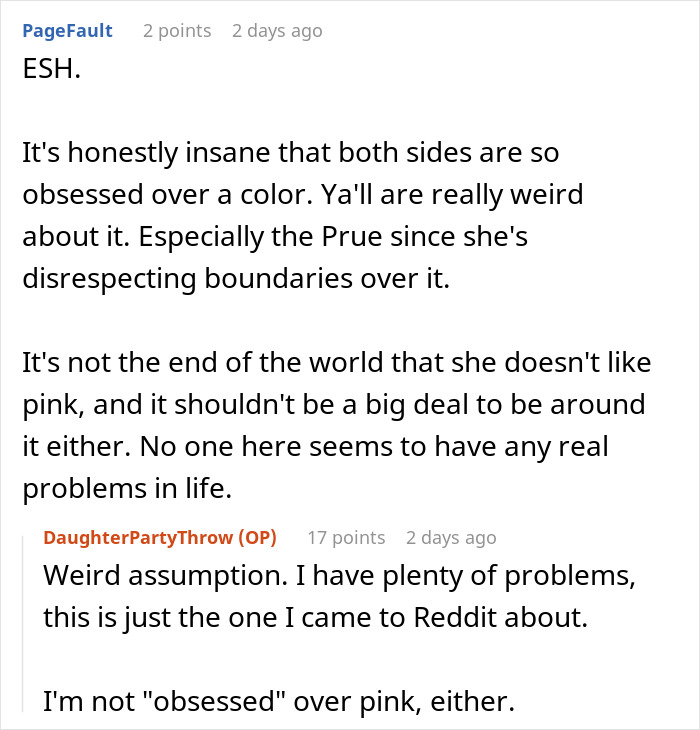

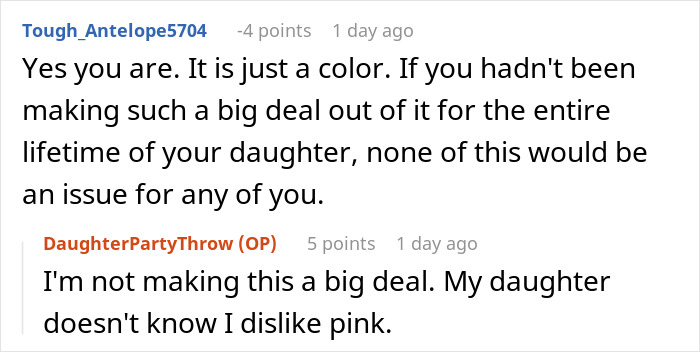
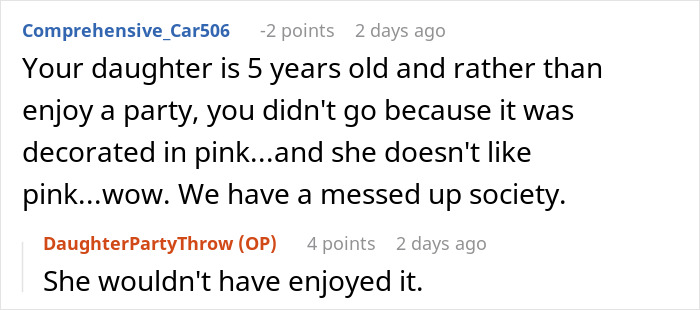
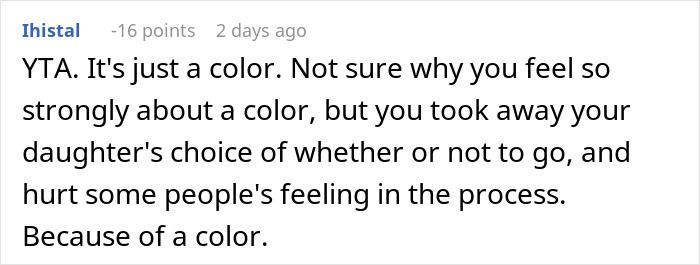
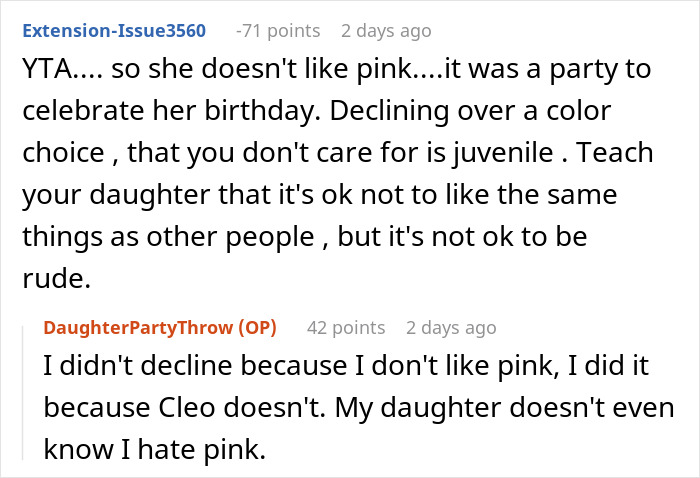
Thanks! Check out the results:Monika Pašukonytė
Ilona Baliūnaitė
Relationships